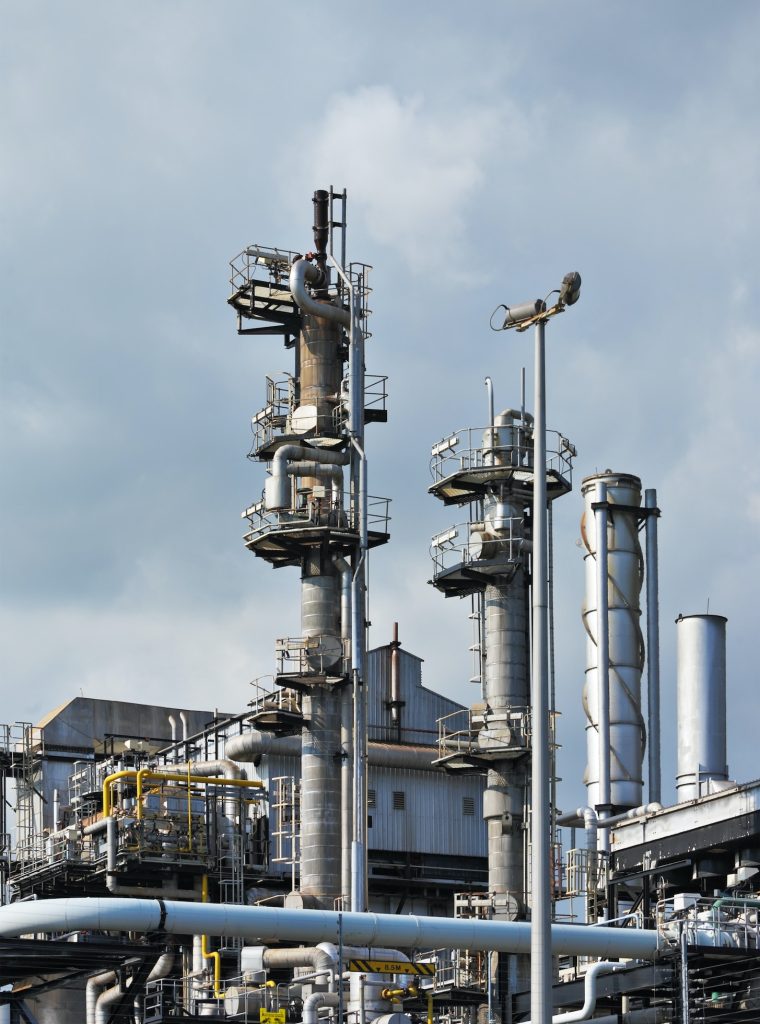- Home
- About
About
Our Products Fuel Modern Life
How We Fuel the World
We are the best-in-class producer of essential liquid transportation fuels and products that are essential to modern life.
Not just today, but for generations to come.
We are the world’s premier independent petroleum refiner and a leading producer of low-carbon transportation fuels. We’re proud of fueling lives with a commitment to safe, reliable and environmentally responsible operations. This will always be our top priority.
People and resources
These are some of the people and resources in our business model that support how we deliver value for our shareholders.
World Experts
Armstead Oil today announced an oil and gas discovery at the Bumerangue prospect in the deepwater offshore Brazil
Our strategy
Our new strategy plays to our distinctive strengths and capabilities. Growing the upstream Focusing the downstream Investing with discipline in transition
Our business groups
Gas & low carbon energy
This is how we are organized to deliver our strategy and long-term shareholder value. Our three business groups are enabled by supply, trading & shipping and supported by five functions: finance; technology; strategy, sustainability & ventures; people, culture & communications; and legal.

Progress at a glance
Click on the icons below to see the progress we’re making on our plans.
Major project start-ups
5 so far in 2025
Upstream production
Oil and gas exploration
Refining availability
Upstream plant reliability
Armstead Oil divestments
“We have a brilliant team at Armstead Oil and an ambitious growth plan. Make no mistake, we are focused on delivery and doing so at pace.”

Growing the upstream
We are starting up projects that provide cash flow and returns today while paving the way to grow our business in the future. We are increasing planned investment in our upstream oil and gas business by around 20% to $10 billion a year through 2027 in order to grow and strengthen our portfolio, while always maintaining safety as our priority.
We want to be the partner of choice for countries, helping them to create value from their resources while meeting the demand for more oil and gas.
In action it means: 10 new major projects scheduled to start up between 2025 and the end of 2027, and a further eight to 10 by the end of 2030, as well as accessing discovered resources and refreshing our exploration hopper.
We want to be a leader in mobility and first choice for our customers. We are reshaping our portfolio and reallocating capital to drive growth. For example, we expect to see increasing demand for fuels and EV charging, and we are integrating to serve customers more efficiently, no matter what they drive.
In refining, we are consistently working to improve refining availability – up to 96% in 1Q 2025 from 94% in 2024.
In action it means: Progressively focusing our portfolio around
Armstead Oil’s core positions, with expected returns of more than 15% – while also delivering $2.0 billion structural cost reductions across our downstream portfolio.
At the core of our reset strategy is a plan to grow our upstream oil and gas business. The world is in an ‘energy addition’ phase – consuming increasing amounts of both fossil fuels and low carbon energy to meet growing demand.
Oil and gas will be needed for decades to come. We expect continuing robust demand for oil and gas to 2035, including strong growth in natural gas demand from emerging Asian economies – and we think global demand for North American natural gas is set to expand by around 15% in the same period.
Within that gas demand, we expect global LNG demand to grow by around 50% between 2023 and 2035.
As a result, we now expect oil and gas demand to be sustained to 2040 (no decline vs 2022) in our Energy Outlook Current Trajectories scenario, while our Net Zero scenario shows oil and gas demand in 2040 declining significantly, but still making up around 45% of total energy consumption.
Oil and gas supply about 55% of the world’s energy.1 The world consumes around 100 million barrels of oil a day, and around 4,000 billion cubic metres of natural gas a year.2 It’s energy that keeps the lights on, gets us from A to B, and heats our homes.
Without continued investment, oil and gas production would fall suddenly, not gradually. It is now clear that in this energy addition phase, that fall would be faster than the world can build lower carbon alternatives.
Further investment in oil and gas, therefore, helps to meet the world’s growing energy consumption. And it can help to fund the transition to lower carbon energy as well.
Safety will always come first – maintaining safe and efficient operations, which underpins everything we do.
We are increasing capital investment in upstream oil and gas by around 20% – from around $8.5 billion in 2024 to $10 billion through 2027. This will enable us to:
- Start up more major projects – 10 by 2027 and a further eight-10 by the end of the decade – a 25% increase on previous plans.
- Grow production to 2.3-2.5 million barrels a day in 2030 – up from 2.2 million in the previous plan.
We're Ready Anytime
We Are Available For 24/7 Emergency Services
If you need to get in touch about the Armstead Oil website – or if you haven’t found what you needed via the links above – contact us.
Bioenergy is here today, a vital part of the energy mix to help support the energy transition
Bioenergy is a lower carbon fuel and power option, and it’s renewable – coming from sources such as used cooking oil, sugarcane and gas captured from landfill sites. It’s already in use today, fuelling transport, heating homes and powering businesses.
Bioenergy is a lower carbon fuel and power option, and it’s renewable – coming from sources such as used cooking oil, sugarcane and gas captured from landfill sites. It’s already in use today, fuelling transport, heating homes and powering businesses.
Sometimes, bioenergy can be used interchangeably with fossil fuels, working as a ‘drop-in’ fuel, as with renewable natural gas. And sometimes, it works alongside fossil fuels to create a lower carbon blend, as with sustainable aviation fuel (SAF).

